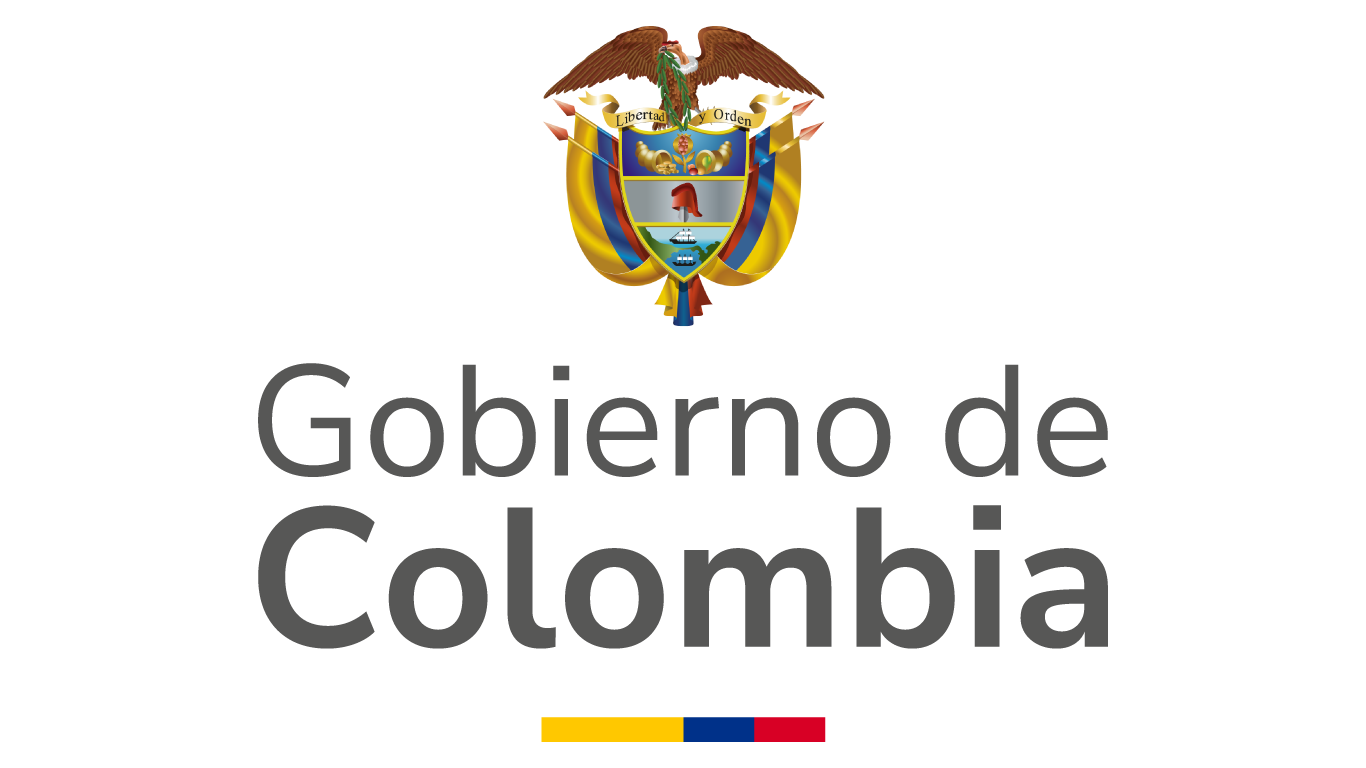Convention on Certain Conventional Weapons
The Convention on Prohibitions or Restrictions on the Use of Certain Conventional Weapons when which may be deemed to be Excessively Injurious or to Have Indiscriminate Effects, commonly known as the Convention on Certain Conventional Weapons, or Inhumane Weapons Convention, was negotiated within the United Nations framework. This convention is founded on two principles of international humanitarian law: the distinction between civilians and combatants; and the prohibition of the employment of weapons that cause superfluous injury or unnecessary suffering to combatants. The Convention, through its protocols, prohibits or restricts the use of weapons that violate these precepts.
The Convention itself does not ban any category of weapons, but it was written as an open and flexible mandate. It is in the five protocols to this instrument, where the prohibitions and restrictions on such weapons are determined, as follows:
Protocol I on Non-Detectable Fragments , of 1980: Prohibits the use of any weapon which primary effect is to injure by fragments that cannot be detected by x-rays in the human body.
Protocol II on mines, booby traps and other devices, of 1980: It was amended in 1996. Prohibits the indiscriminate use of landmines, booby traps and other similar devices. The Protocol amended in 1996 extends its scope to the use of landmines and especially to anti-personnel mines
Protocol III on incendiary weapons, of 1980: Prohibits the use of incendiary bombs against civilians, civilian goods and military objectives located within civilian concentrations.
Protocol IV: on blinding laser weapons, of 1995: prohibits the employment of laser weapons, specifically conceived as their only function or one of their combat functions to cause permanent blindness to the naked eye .
Protocol V on explosive remnants of war, of 2003: it is the first instrument negotiated multilaterally which deals with the problem of unexploded ordnance and abandoned ordnance.
Article 1 of the Convention was amended in 1996 to extend its application to conflicts not of an international character.
The Convention on Certain Conventional Weapons receives the support of the Implementation Support Unit, whose duties are discharged by the Office for Disarmament Affairs in Geneva.
Colombia and the Convention on Certain Conventional Weapons
Colombia is State Party to the Convention on Certain Conventional Weapons of 1980 and four of its protocols. (By Law 469 of 1998/Constitutional Court Sentence C-156/1999. Protocols I, II and III are also of 1980. Protocol II was amended on 3 May, 1996; Protocol IV is of 13 October, 1995. Law 469 approved the Convention together with its four Protocols). The Convention entered into force for Colombia on September 6, 2000. Likewise, Colombia ratified the amendment to Article 1 of the Convention.
Colombia submits reports on national implementation of the Convention and Amended Protocol II, and actively participates in the meetings of the State Parties to it.
PDF: Statement by Colombia at the 16th Annual Conference of Ammended Protocol II, 12 Nov 2014 (Spanish)
PDF: Statement by Colombia at the Meeting of High Contracting Parties to the Convention on Certain Conventional Weapons, 13 Nov 2014 (Spanish)








